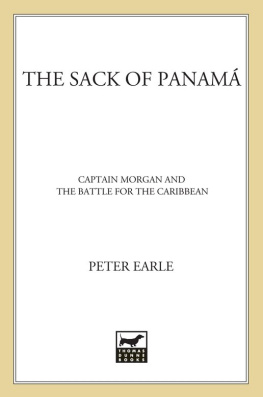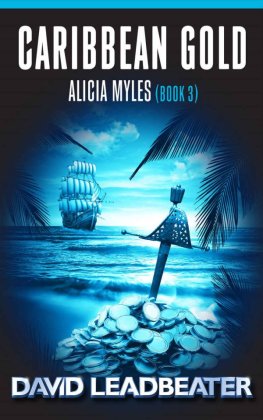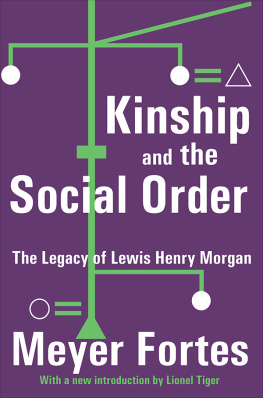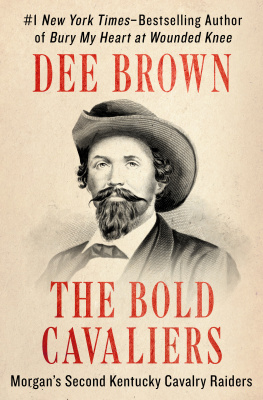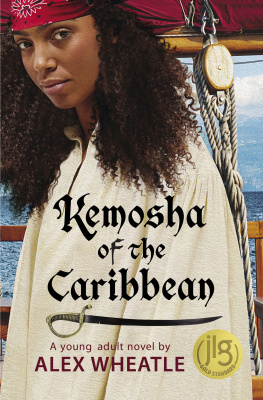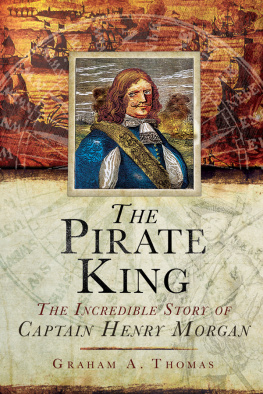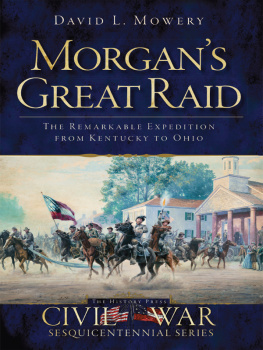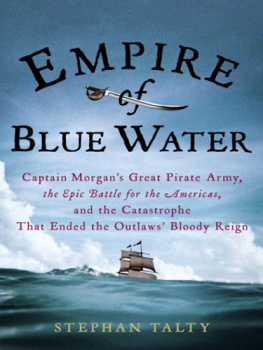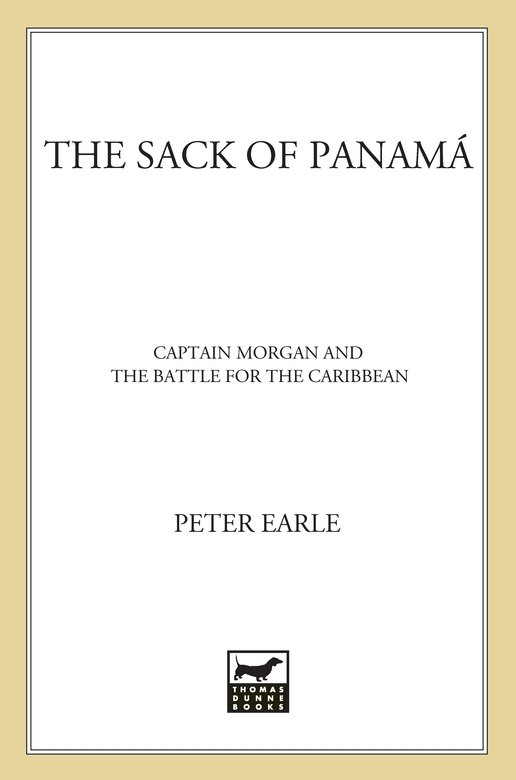T he most interesting and certainly the most original sources which I have used for this book are those from the Archivo General de Indias in Seville. This is the main depository of all Spanish colonial papers and is a mine of information. But it suffers from the usual problems of mines in that one has to dig and sift through an enormous pile of useless material to find the gems one seeks. The collection is catalogued and there is a cross-referencing system available to researchers by consultation with the archivists, but these aids to researchers are by no means totally reliable and certainly not comprehensive. Very often the only way a researcher can find what he is looking for is by thinking himself into the minds of the seventeenth-century Spanish clerks who made up the legajos or bundles in which the documents are stored. Thus the records of the court of enquiry into the loss of Portobello are not under Portobello or Panam or anything obvious like that. They form, instead, part of the defence offered by Don Agustin de Bracamonte against charges that he was partly responsible for the citys loss and are therefore amongst the papers of his residencia in the section Escribania de Cmara of the archives. This section was in fact much the most useful for me, providing partial or complete averiguaciones for nearly every one of the privateering campaigns with which this book is concerned.
The documents which I have used fall into three main groups. First, there are isolated letters and reports which may turn up in the most unlikely places. Finding such material involves turning over, folio by folio, as many legajos as possible whose catalogue titles look fairly relevant. Then there are consolidated bodies of documents, often bound together, which relate to the problems or events with which one is concerned. Several of the most useful of these were the records of a junta for instance, to discussthe defences of Cartegenaand a mass of supporting papers such as autos , letters, reports, depositions and various types of necessary legal documents. Finally, and most valuable of all, were averiguaciones . An averiguacin had a formal legal procedure, involving the issuing of a commission to the investigating authority, autos stating the substance of the matter to be investigated, interrogatories and then page after page of evidence taken from witnesses under oath. If charges were brought as a result of the preliminary investigation, then these will be listed and there will then be a statement by the defence, followed by another interrogatory and the evidence of defence witnesses. Finally, if one is lucky, there may be the sentence, though very often cases were referred back to Spain and the sentences therefore were not included in the legajos made up by the colonial authorities. The procedure used in investigating a charge brought against an official in a residencia was very much the same. Both types of enquiry very often include supporting evidence, such as depositions made in the past relevant to the matter. Sometimes, as in the case of Agustin de Bracamonte mentioned above, the supporting evidence is much fatter than the papers of the residencia itself.
The historians task is to make up his mind what value he can place on such evidence. He has to remember that most of these enquiries were the result of special pleading and that the witnesses were often obviously hand-picked. But, as long as he can locate the likely direction of bias, he can use the material in an intelligent way. The best situation is, of course, when there are witnesses on both sides of an argument and therefore a fairly clearly defined middle ground where the truth must lie. Much of the material is, in any case, non-contentious and in such cases it would be unnecessarily carping not to believe it. In general, there is not much difficulty in getting a very good idea of the actual course of events from the evidence available and, in addition, the labour of sifting through the material is constantly enlivened by little stories and scraps of dialogue which make research in these Spanish archives an attractive, if tiring, occupation.
The English material for the history of the Jamaican privateers is very well known to historians and I have managed to find nothing very original, except a few interesting pieces in Spanish which do not seem to have been used before. Nearly all the documents are either letters, depositions or reports. The English unfortunately did not go in for courts of enquiry in the way that the Spaniards did. The most important sources are the letters of the Governor of Jamaica and the reports of Morgan,both of which tell somewhat less than the truth but are amusing to read. One type of document which one finds quite often amongst the English colonial papers, but very rarely in the Archivo General de Indias, is correspondence by private individuals rather than by officials. Such letters, especially those of careful and interested observers such as the surgeon, Richard Browne, provide a very valuable counterpart to the official view of things.
One unique and rather extraordinary source needs also to be considered. This is the book, first published in English in 1684 as Bucaniers of America by the surgeon and buccaneer, Alexander Exquemelin. Different editions and different translations vary considerably in detail, but I have used the Penguin Classics edition of 1969, which is a new translation of the original Dutch, De Americaensche Zee-Roovers , published in 1678, only a few years after the events it describes. The introduction to the Penguin edition has some interesting speculation on just who Exquemelin was which there is no need to repeat here. The main point of interest here is the reliability of Exquemelin as a source, a judgement which is easier to make after considering the Spanish evidence. My feeling is that he is almost never totally and utterly wrong and sometimes is remarkably right, repeating stories which one can find in Spanish evidence but in no other English sources. I do not think he can have gone on every campaign he describes. He makes too many elementary mistakes in naming people and places and he very often gets a story just a little bit wrong, as if he had heard it in a tavern rather than experienced the events himself. A good example of this is the way that he describes the famous incident in which the prisoners at Portobello were used to help in the assault on Santiago Castle. Exquemelin says that they carried the scaling-ladders for the privateers, but the Spanish evidence makes it absolutely clear that they were used as a human shield to enable the privateers to fire the main gate. It seems very unlikely that an eyewitness would make such a mistake and incidentally get the geography of Portobello very wrong. The privateers were there for a month and must have known the place backwards. My impression is that Exquemelin was not at Portobello, but spoke to people who were, which makes him an important source but not as important as Morgan or the three or four dozen Spaniards who later gave evidence on the events in their city.
It seems much more likely that he went on the Panam campaign, where there was a large buccaneer contingent. It is interesting, for instance,that Exquemelin gets all the Spanish names right for the forts in Santa Catalina and, although he makes a few mistakes in the nomenclature of the barricades on the River Chagres, his general account is very accurate. He gets nearly all the dates wrong, which is forgivable considering he must have written his account some time after the event. He is also guilty of some very tall stories which are normally quite easy to detect. The main general problem with his account is his assessment of Morgan. He goes out of his way to blacken the Admirals name and to give him a reputation which is not sustained even by the Spanish evidence. The motive for this is quite clear. Exquemelin, like many of the privateers, thought that he had been cheated by Morgan after Panam, and the book is a very good way of getting his own back. The English publishers of Exquemelin were forced to retract most of the defamatory material after a libel suit was settled out of court in 1685 and it seems probable that they were only doing Morgan justice in doing so.* But subsequent editions have repeated Exquemelins libels, and Morgans name has suffered to this day as a result.

